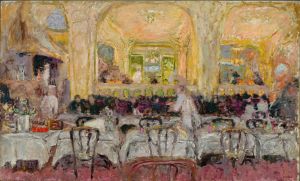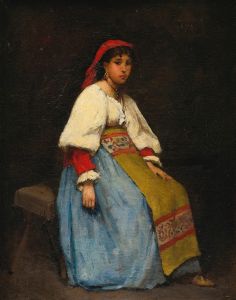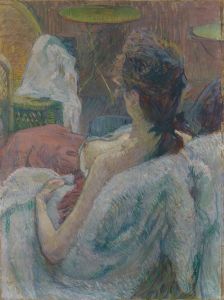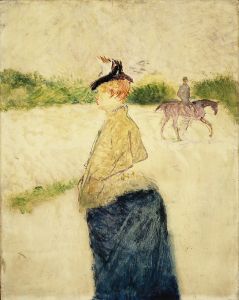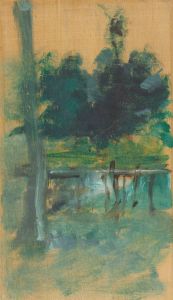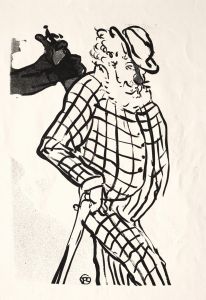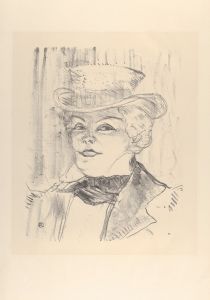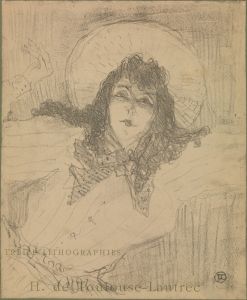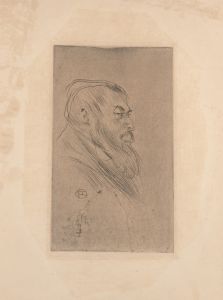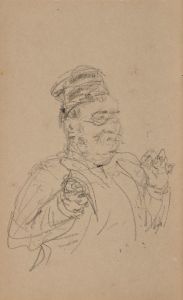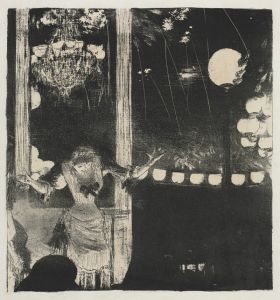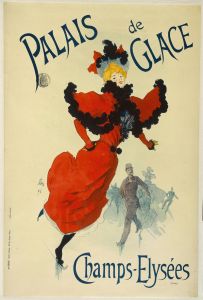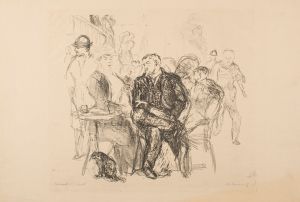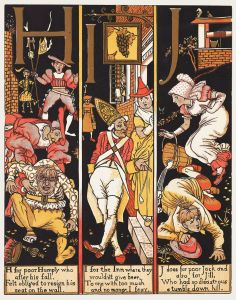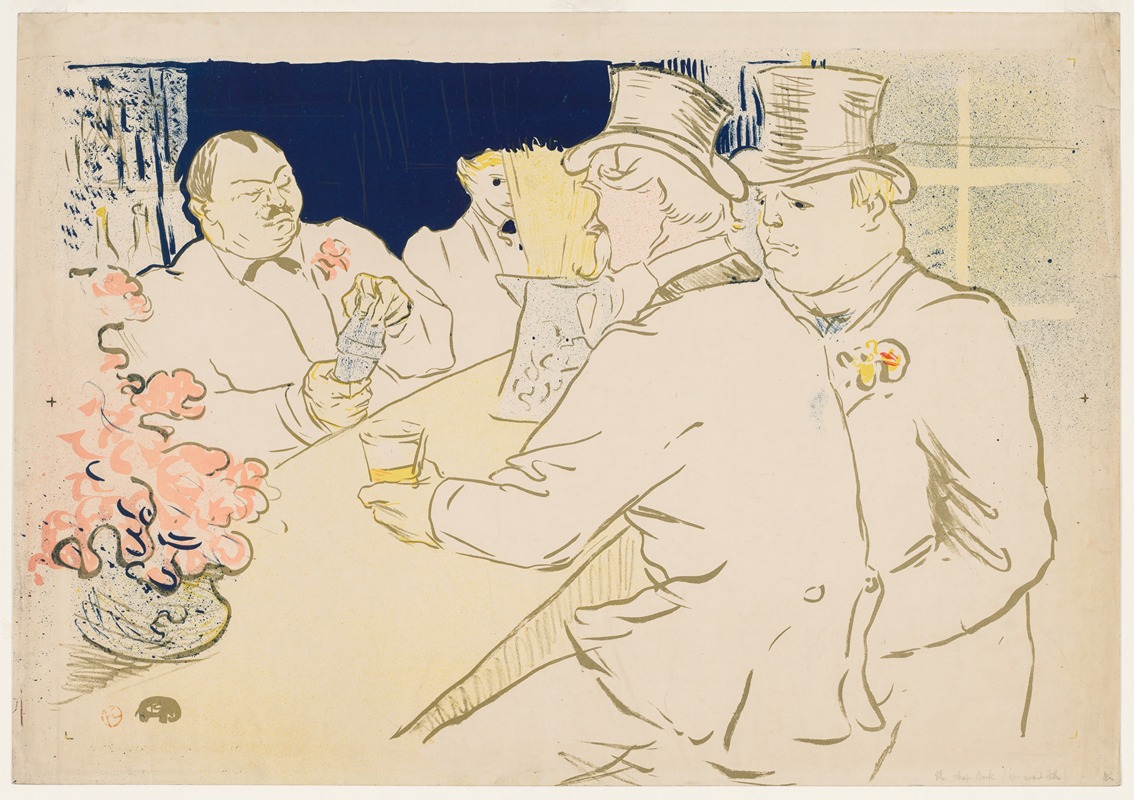
The Irish And American Bar, Rue Royale
A hand-painted replica of Henri de Toulouse-Lautrec’s masterpiece The Irish And American Bar, Rue Royale, meticulously crafted by professional artists to capture the true essence of the original. Each piece is created with museum-quality canvas and rare mineral pigments, carefully painted by experienced artists with delicate brushstrokes and rich, layered colors to perfectly recreate the texture of the original artwork. Unlike machine-printed reproductions, this hand-painted version brings the painting to life, infused with the artist’s emotions and skill in every stroke. Whether for personal collection or home decoration, it instantly elevates the artistic atmosphere of any space.
Henri de Toulouse-Lautrec, a prominent French painter, printmaker, and illustrator, is renowned for his depictions of the vibrant and often bohemian life in Paris during the late 19th century. One of his works, "The Irish and American Bar, Rue Royale," captures a scene from a bar in Paris, reflecting the lively social atmosphere of the time.
Toulouse-Lautrec was born on November 24, 1864, in Albi, France, into an aristocratic family. Despite his noble lineage, he chose to immerse himself in the artistic and cultural life of Paris, particularly in the Montmartre district, which was a hub for artists, writers, and performers. His work often focused on the nightlife of Paris, including cabarets, theaters, and bars, where he found inspiration in the people and scenes around him.
"The Irish and American Bar, Rue Royale" is a testament to Toulouse-Lautrec's keen observation and ability to capture the essence of Parisian nightlife. The painting depicts a bar scene, likely located on Rue Royale, a street in Paris known for its elegant shops and proximity to the Place de la Concorde. The bar itself, as suggested by the title, catered to both Irish and American patrons, indicating a cosmopolitan clientele and the international influence on Parisian society at the time.
In this work, Toulouse-Lautrec employs his characteristic style, marked by bold lines, vibrant colors, and a focus on the human figure. His technique often involved the use of lithography and poster art, which he adapted to his paintings, allowing him to convey movement and emotion effectively. The figures in the painting are depicted with a sense of immediacy and intimacy, drawing the viewer into the scene and offering a glimpse into the social interactions of the patrons.
Toulouse-Lautrec's portrayal of the bar scene is not just a depiction of a physical space but also an exploration of the social dynamics and cultural exchanges occurring within it. The presence of both Irish and American elements suggests a blending of cultures, reflecting the broader trends of globalization and cultural exchange that were beginning to take hold in the late 19th century.
Throughout his career, Toulouse-Lautrec was known for his ability to capture the spirit of the age, and "The Irish and American Bar, Rue Royale" is no exception. The painting serves as a historical document, offering insights into the social fabric of Paris during a time of significant change and modernization. It highlights the role of bars and cafes as important social spaces where people from different backgrounds could come together, share ideas, and enjoy leisure time.
Toulouse-Lautrec's work has had a lasting impact on the art world, influencing subsequent generations of artists with his innovative techniques and unique perspective on society. His paintings, including "The Irish and American Bar, Rue Royale," continue to be celebrated for their artistic merit and their ability to capture the complexities of human interaction and the vibrancy of urban life.
In summary, "The Irish and American Bar, Rue Royale" by Henri de Toulouse-Lautrec is a vivid representation of Parisian nightlife at the turn of the century. Through his distinctive style and keen observation, Toulouse-Lautrec offers a window into the cultural and social dynamics of his time, making this work an important piece in the history of art.





